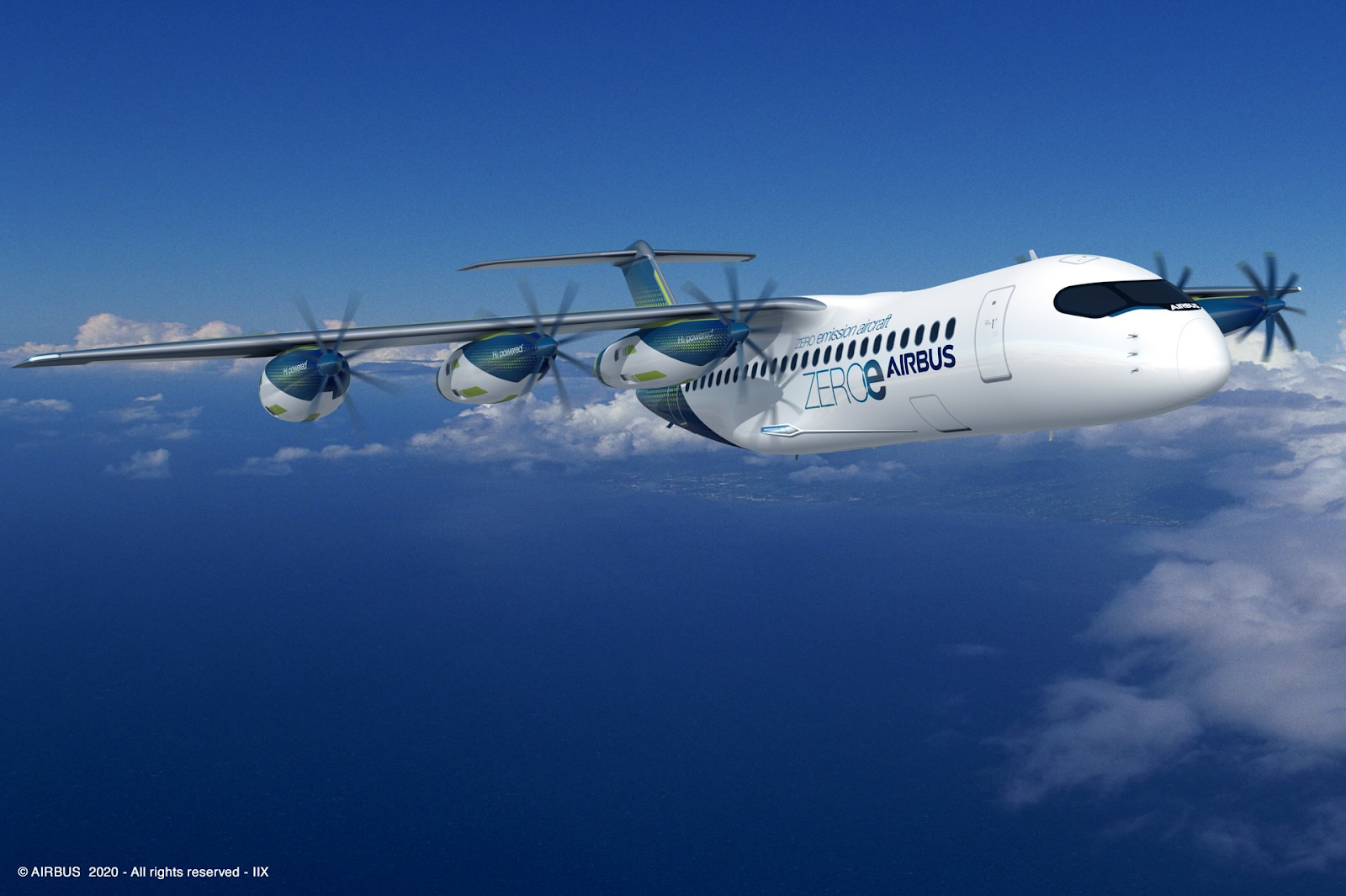Ever imagined what those huge spiral objects stuck under the wing of an aircraft are? Well they are the engines of the aircraft. I'll be explaining some key information and facts about the engines of an aircraft. The engines are a key element to the propulsion of an aircraft.
The engine is a machine that converts liquid fuel, full of energy, into a powerful pushing force called thrust. The thrust from the engines pushes the aircraft forward, driving air past its scientifically shaped wings to create an upward force which is called lift that powers the aircraft into the sky.
The engine is a machine that converts liquid fuel, full of energy, into a powerful pushing force called thrust. The thrust from the engines pushes the aircraft forward, driving air past its scientifically shaped wings to create an upward force which is called lift that powers the aircraft into the sky.
The aircraft industry has two major companies that are in tight competition of manufacturing planes. If one of these giants can offer a better quality plane, the other one could in turn lose a lot of money as more orders would be received for the plane that is higher in demand. A similar incident has happened in 2010 when Airbus decided to upgrade their popular A320 series aircraft by increasing the size of the engine; by doing this they made the plane 15% more fuel efficient than the its predecessor. As Airbus decided to make this change, the increase in sales for their aircraft was very significant. The new aircraft from Airbus would save airline companies a lot of money. Larger jet engines are more efficient because they can move much more air with the same or lesser amount of fuel. If they can move more air then they can produce more thrust which improves flight times and saves airline companies a lot money.
Boeing obviously had to come up with a new idea to get back into the market. In the picture below you can see that Boeing's existing 737-800 was lower in height in comparison with Airbus' new A320. This meant Boeing had to come up with a new idea as a bigger engine would not fit under the wing as it would touch the ground. To change things around Boeing decided to move up the engine so that a slight portion of the engine would appear above the wing. This allowed Boeing to increase the size of their engine.
As Boeing made this new change, their new aircraft became the hottest selling plane on the market which allowed them to get back into competition with Airbus. The new aircraft was named the Boeing 737 MAX. The change which was made did have a negative side effect; this problem occurred when the aircraft was in full thrust during takeoff. Due to new design of the engine, the plane's nose tended to point too far upwards; this could lead to the plane stalling which was a big issue as it was initially said that these planes were supposed to behave like its predecessor.
 |
| Difference between Airbus' A320 and Boeing's existing 737-800 |
 |
| Difference between the engines of the original 737(left) and the 737 MAX(right) |
Boeing had to fix this issue and came up with a way to stop the plane from stalling. They did not re-engineer the plane but instead they installed a software into the plane that would push the plane's nose down automatically if the pilot flew the plane at a very high angle. This software was called the Maneuvering Characteristics Augmentation System or also known as MCAS. Boeing began selling the 737 MAX very similar to how they were selling the original 737-800; one fault they made was the fact that they did not mention the new MCAS system. New pilots who were going to operate the new aircraft were not told about MCAS in their brief training sessions.
Due to no training given about MCAS, many pilots reported that the plane suddenly started nosing down. On October 29th 2018, the airline Lion Air's flight 610 took off from Jakarta. As usual the plane took off in full thrust and was on its way but at certain points the nose of the plane kept pushing downwards. The pilots weren't able to fight the MCAS and the plane struggled to gain altitude; 12 minutes after takeoff the plane kept dropping down towards the ground and crashed into the Java Sea.
Another incident that occurred with the 737 MAX was when the Ethiopian Airlines flight crashed. During this flight the pilots managed to deactivate the MCAS system but by the time they were able to do this, it was too late to overcome the malfunctioning MCAS sensors.
At the moment, nearly every single 737 MAX aircraft has been grounded. In response to these events, Boeing have said that they will make a software update and try to make the MCAS system less aggressive. They have also mentioned that they will give pilots the required training on how to operate with MCAS and how to turn it off.
Finally I would like to say that the main reason behind such activities taking place was because of Boeing getting into a race with its rival company Airbus. They were in a way pushed towards improving their current aircraft in any manner just to get back into the market. This lead to Boeing rushing the manufacturing and operation of the 737 MAX.




No comments:
Post a Comment